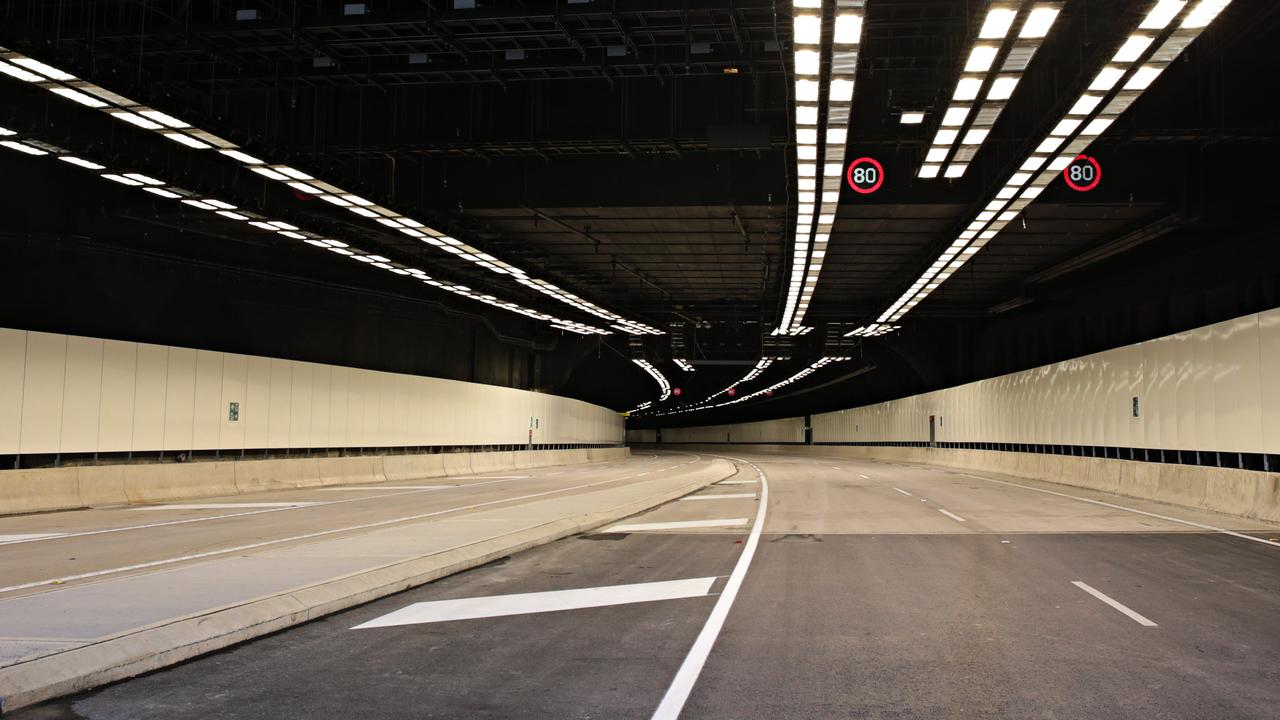Public Defender: Mixed up digits could allow banks to ‘steal’ your cash
AFTER switching to Adelaide Bank, Simon Collins gave his new details to the real estate agent who collected rent on his investment property. But two incorrect digits meant his cash went to somebody else’s account.
Public Defender
Don't miss out on the headlines from Public Defender. Followed categories will be added to My News.
- Public Defender: Christmas parcel mix up sorts naughty from nice
- Public Defender: Car accident appeal hears of ‘attack’ on evidence
AFTER switching to Adelaide Bank, Simon Collins gave his new BSB and account number to the real estate agent who collected rent on his investment property.
But two digits in the account number he provided were incorrect, meaning about $720 went into an Adelaide Bank account that wasn’t his.
Get your legal drama sorted for free in our live expert Q & A from 1pm Thursday
The agent asked its bank, Westpac, to attempt to retrieve the money. It wrote to Adelaide Bank, which tried to contact the recipient but the money was not returned. Mr Collins likens
it to “stealing”.

He turned to me for help after reading of previous instances where I have been able to retrieve amounts of up to $10,000 despite banks initially saying it could not be found.
Adelaide Bank decided to return $720 to Mr Collins after admitting to me that its initial response to him was inadequate. It’s understood amounts of as much as $100,000 have been sent to wrong accounts.
Time for the double down
THE double-entry system for changing online passwords should also be used for internet banking payments to help stop thousands of customers accidentally sending money to the wrong account.
That is the call from concerned consumer groups which also want the corporate cops to reveal the scale of the problem after sitting on the only official figures for years.
In 2010, the Australian Securities and Investments Commission (ASIC) reviewed the ePayments code to deal with the growing problem of mistaken internet payments.
The first reform option considered was double-entry of details, which ASIC said would “significantly reduce” mistakes. This option had the “strong support” of the Consumer Action Law Centre, Consumers’ Federation of Australia and Choice, which were all part of the review.
The change cost to each bank was about $500,000.
Option two, which banks proposed, was a cheaper warning message. ASIC said this would be less effective but went with it anyway, even though there was no decent data available on which to base the decision.
Both options imposed similar recovery procedures. But Financial Ombudsman Service dispute figures show the procedures have failed hundreds of bank customers over the past three years.
And consumer advocates say double-entry remains the best solution. “It’s a really commonsense change that we already see across the internet when you create or change a password, so I don’t see why it can’t be adopted in these cases when we’re dealing with people’s money,” said Consumer Action chief executive Gerard Brody, who is also the Consumers’ Federation chairman.
“A double-entry system would be an important preventive measure to help people avoid mistakes when making bank transfer.”
At the time of choosing option two, ASIC said there was a “lack of comprehensive industry data on mistaken payments” so figures were to be collected for three months on the number and value of mistaken payments recovered and not recovered, as well as the causes.
ASIC received the data in 2015. Since then it has said nothing about what the data showed, what was done with it and won’t release it.
“We should be able to see the data behind these problems. There’s no reason we shouldn’t know the extent of the problem,” Mr Brody said.
Consumer Action believes the ombudsman dispute numbers are only a tiny fraction of mistaken payments.
Mr Brody said banks’ new payments platform, available later this year, may help to fix the situation.



